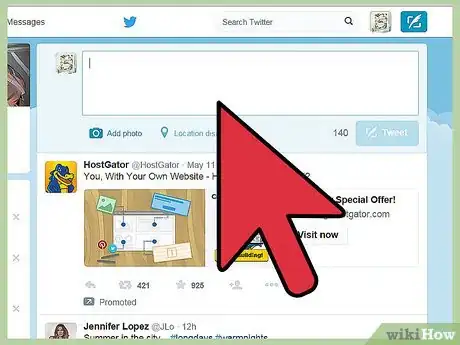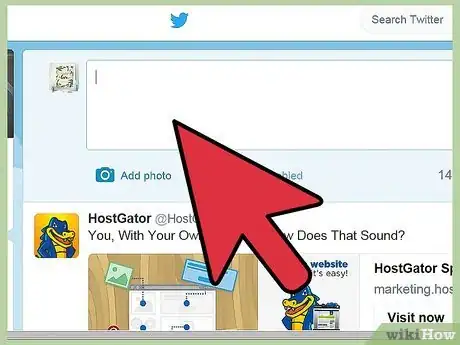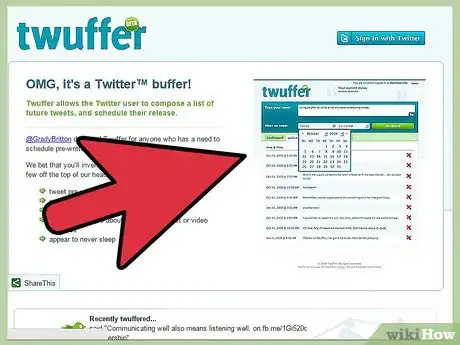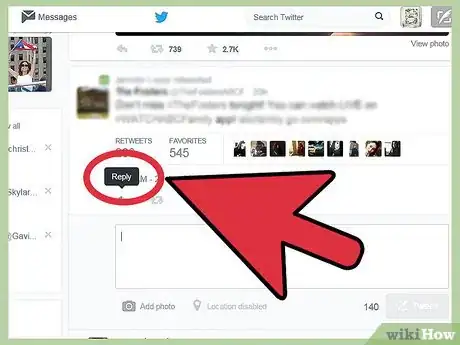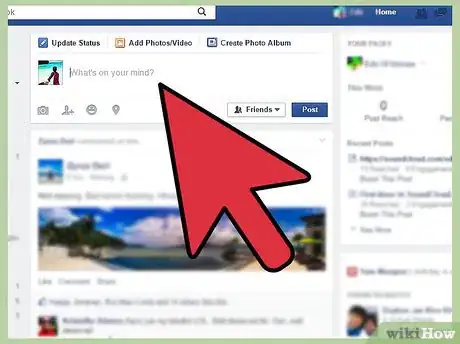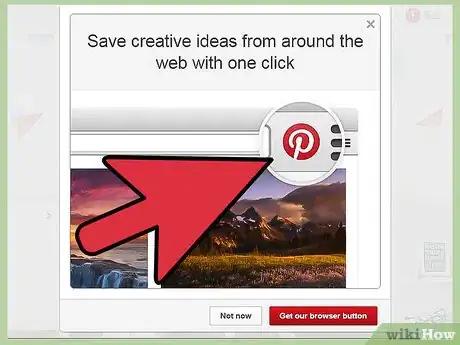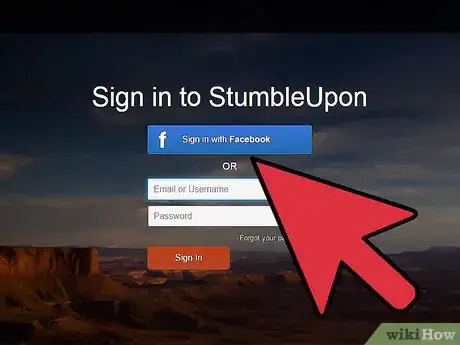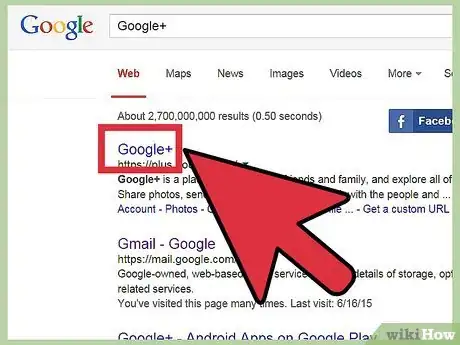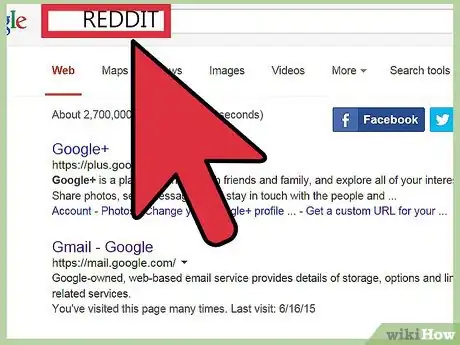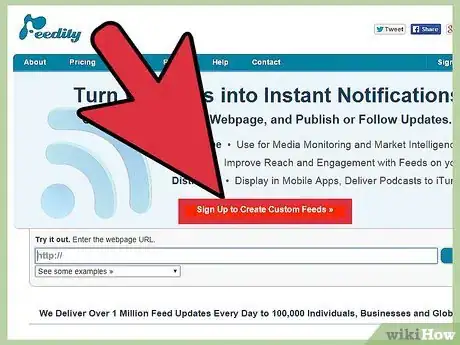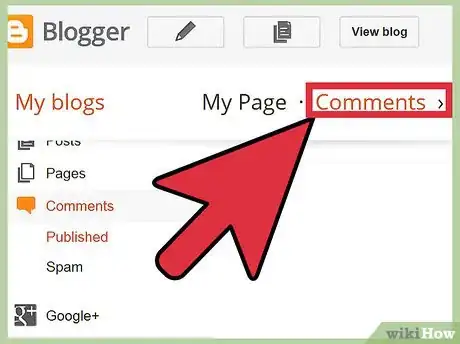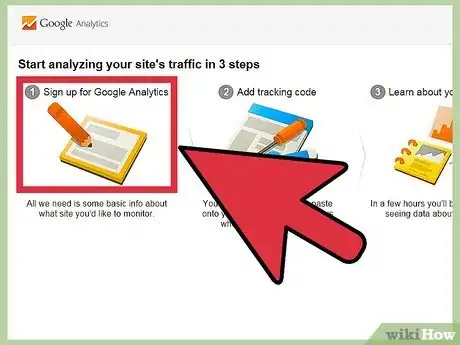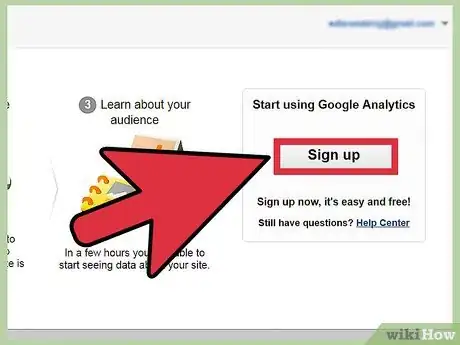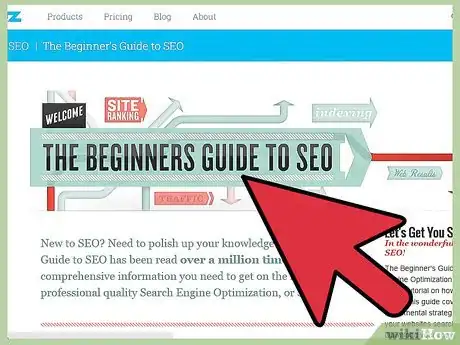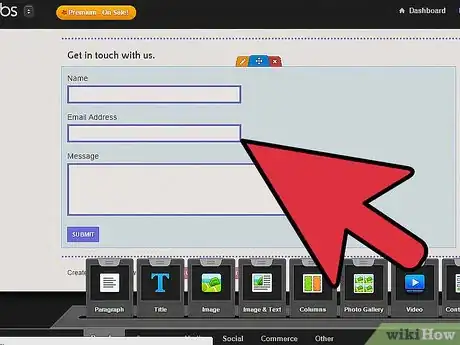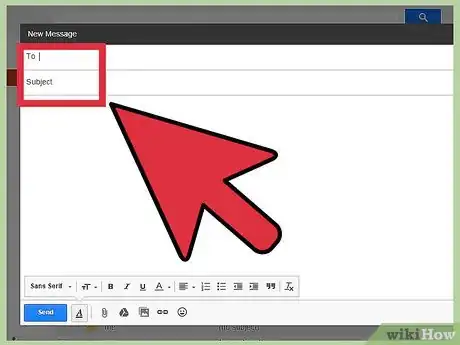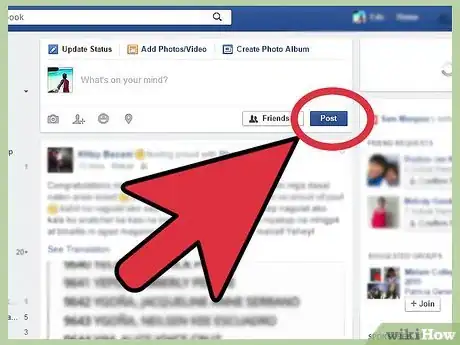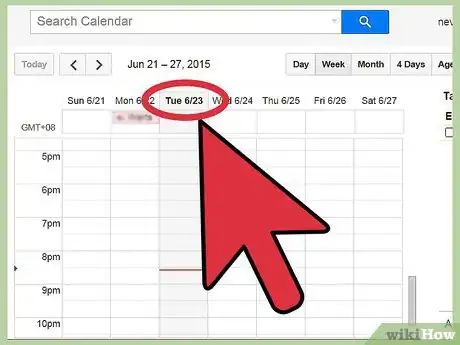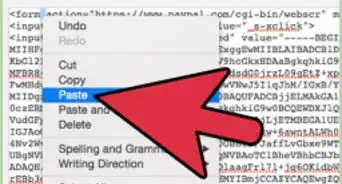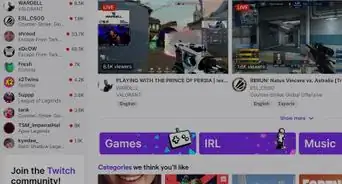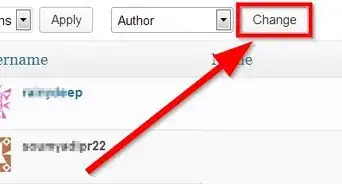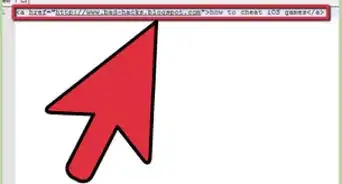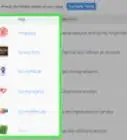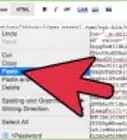wikiHow is a “wiki,” similar to Wikipedia, which means that many of our articles are co-written by multiple authors. To create this article, 20 people, some anonymous, worked to edit and improve it over time.
This article has been viewed 26,616 times.
Learn more...
So you have an awesome blog, with witty content, educated opinions, or really pretty pictures. You've done all the work making it, now you need to get it out there! This guide will help you get your blog in front of as many readers as possible.
Steps
Using Twitter
-
1Tweet your posts. Twitter is one of the more acceptable places to broadcast all of your blog posts, as it is designed for quick posts with links. Tweeting new posts is an easy task at face value, but you'll need to spend some time planning it out. This is especially important as your global audience grows.
-
2Write an attention-grabbing lead-in tweet. Avoid just writing “New blog!” and linking to your blog. The majority of users will not click on these links, because they don't speak to them at all. Cover an aspect of your post in the lead-in; if you're writing about fashion tips, write something like “Wondering what to wear to the club tonight? <link to blog>”. Keep it short and sweet, but make sure that you are directing readers to your content.
- Write the lead-in as a question to the reader. “Need to lose a few pounds before swimsuit season?”
- Offer advice and create the feeling that the reader needs your wisdom. “10 tips for managing your money.”
- Write a fact from your post that will wow the reader. “30 million people can't be wrong!”
Advertisement -
3Schedule your tweets. As your audience grows, you will find that readers are coming to your blog from all different time zones. Your blog tweets can be easily lost when someone checks their Twitter 8 hours after you post. Use a social media management tool such as HootSuite to plan out a schedule of tweets.
- Try to post when your readers will be most active. Try to post the blog in the morning, and then support it with tweets later in the day. These tweets will bring in new users who are just getting on the internet for the first time that day.
- When tweeting the same article out again, use a different lead-in to keep your tweets from become canned and spammy.
-
4Break up your blog update tweets. Use Twitter for more than linking your blog. If your followers only ever see blog posts in your Twitter feed, they will grow fatigued of the links. Add insights and respond to other Twitter users throughout the day.
Using Other Social Media
-
1Post to Facebook. When you publish a blog article, link to it from your Facebook account to keep your friends and family in the loop. These people may not seem as important for your long-term readership, but who they share it with can have a large impact on your readership.
- As your blog grows in popularity, you will most likely see an increase in your Facebook activity, as readers and other bloggers add you as a Facebook friend.
-
2Post your images to Pinterest. If you have an image-oriented blog, post the images to PInterest in order to drive your traffic up. Pinterest is very focused on images, so this won't be as useful if you have text only.
-
3Use StumbleUpon. Submit your blog posts to StumbleUpon to add them to the bookmark service. Make sure that you tag your article with appropriate tags so that it appears for the right viewers.
-
4Use Google+. This service may not be as popular as Facebook or Twitter, but because it is run by Google you will get bonuses to your Google search engine ratings when you are linked through Google+. Blog posts on Google+ can also be rapidly shared with a wide variety of people.
-
5Link your posts in popular aggregate sites. Websites such as Digg and Reddit have millions of active users, and are a great way to spread the word about your blog. If the users like your work, they will do the promotion work for you by voting up your site and commenting on it.
-
6Create an RSS feed. An RSS feed will automatically push your blog posts to subscribers, and they can access your posts through reader programs. This is a great way to make sure that your subscribers stay as up-to-date as possible.
Commenting on Other Blogs
-
1Find similar blogs. Look for blogs in your niche that have a high readership. Post thoughtful and informative responses to other authors and commenters. Avoid spamming links to your blog, and don't just fill the comment box with search engine keywords. Instead, interact and be genuine; this will drive like-minded readers to find your blog.
-
2Comment often. Become a part of the community. The more you make a name for yourself on others' blogs, the more traffic you will drive to your site. You can also catch the eye of other, more successful bloggers who may link to your posts and even collaborate on projects.
Tinkering With SEO
-
1Avoid overuse of keywords. A simple trap that many bloggers fall into is overloading their writing with keywords. This will lead to fake-sounding content and will actually provide little in the way of extra traffic. This is because as soon as a reader clicks your link and sees a jumbled mess of keywords, they'll most likely leave immediately.
-
2Review your Google Analytics. This tool will show you what search words are driving people to your site, as well as popular searches on the web. You can also see how long users stay on your page, which is an essential tool for determining how worthy they find your content.
-
3Design content around what your readers are searching for. Use Analytics to see what your readers are searching for on the web. Use these results to tailor articles specifically towards your readers' interests.
-
4Use SEO smartly. Instead of placing keywords all over your article, focus them in the places where they matter most.
- Make sure that your Title tag has relevant keywords, as this is the part of your blog that is given the most weight in search engine results.
- Write a powerful title. The title of your blog post is the second-most important aspect of your blog when determining search engine placement. Anything in the "H1" heading is given more weight in search engine results.
- Optimize your content, but don't overdo it. Good content will be much more valuable than a collection of keywords. Make sure that your post is well thought out and informative first, and then optimize it for the keywords that suit your content best.
Using Email
-
1Create a mailing list. Email is often overlooked with the advent of social media, but the fact of the matter is that almost everyone still uses email on a daily basis. Creating a mailing list will help you connect with your most passionate readers.
-
2Send out a newsletter. Use a newsletter to keep your subscribers up to date with happenings on your blog. Include quick summaries of your posts with links to the full article. A newsletter is a great way to keep less active readers engaged in your articles.
-
3Pitch your blog. Use email to send a blog post you're particularly proud of to friends, other bloggers, and the mainstream press. Avoid sending email updates for every post you make, but do this occasionally to increase your reach. If the post is especially good, other bloggers may link it in their posts, which can drive lots of traffic to your blog.
Working Hard
-
1Network daily. Even if you aren't posting a blog update, you should be actively involved in your blogging community. Every minute that you're not promoting yourself is another minute without new readers.
-
2Write a daily plan. Come up with a plan of action for each day. Make sure you have attainable goals, such as write two pages of content and find three blogs in your niche. You may not always meet your goals for the day, but striving towards them will keep you active in the blogging community and ensure that your blog is always growing.
-
3Make personal contact. Try to make direct contact with other bloggers and readers. Shoot for making 100 connections per day. This will keep you focused on networking and building your community. You may not actually achieve 100 connections, but trying every day will dramatically increase your network.
References
About This Article
To promote your blog, post links to your blog posts on social media sites, like Twitter and Facebook. In order to grab the user’s attention, use interesting lead-ins, like “Wondering what to wear to the club tonight?” instead of “New blog!” Additionally, link your posts in popular aggregate sites, like Digg and Reddit, where active users can promote your work by voting up your site and commenting on it. You can also promote yourself through comments on other blogs that are similar to yours. However, make sure your comments are thoughtful and informative, and avoid spamming the site with links to your blog. For more advice, including how to promote your blog through newsletters and mailing lists, keep reading!
